These 13 Beautiful Plants Could Be a Pest in Your Garden (And Here's How to Fix It)

We all want our garden plants to thrive. But some species do so well that they quickly take over. Many gardeners only discover after they buy how dominant some beloved but rampant plants can be. But that doesn’t mean you should avoid these beauties. We’ll tell you which plants to watch out for – and how to keep them in check.
Read more below the advertisement
Not every invasive plant spreads in the same way. They can be roughly divided into three 'behavioral classes':
- Plants that spread through their roots
- Plants that sow themselves abundantly
- Creepers and ground covers that produce runners
These plants form underground runners or rhizomes and thus expand without you noticing.
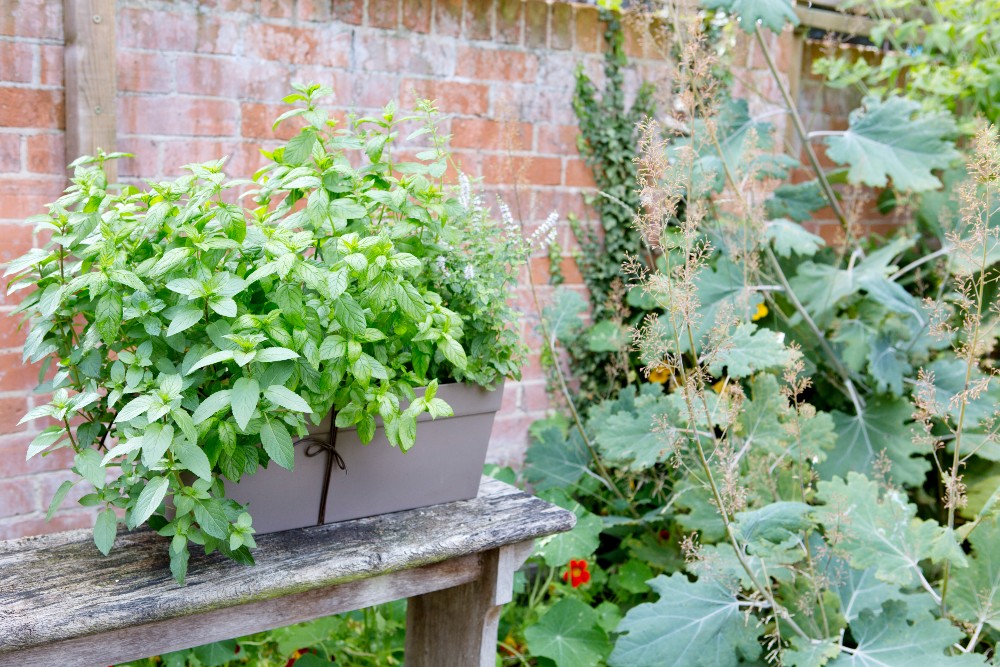
Mint is one of the most beloved garden herbs: fresh-smelling, attractive to pollinating insects and perfect for making a delicious cup of tea. The plant is strong, grows quickly and requires little care – which is exactly why it is so popular.
Problem: If you plant it in the ground, mint will proliferate via underground rhizomes and quickly take over your garden. After that, it is almost impossible to remove.
Keeping it under control: Always plant mint in a pot! If you want to plant it in the ground between other plants, dig the pot in (without holes in the side). Regular topping prevents it from spreading. Tip: Make a tea garden in pots with mint and other tea herbs.

Bamboo gives your garden a tropical touch and is ideal as a green screen against prying eyes. It grows quickly and is evergreen, which provides structure all year round.
Problem: Bamboo is notorious for its ability to proliferate underground with meter-long shoots. Before you know it, it’s popping up in places you really don’t want it, or pushing up your patio tiles.
Keeping it under control: When buying, go for a non-invasive bamboo (such as one of the Fargesia species). If you absolutely want a species that produces rhizomes, be sure to use a root barrier and check every year that it is still doing its job.


These graceful plants flower profusely late in the season, when many other flowers have finished blooming. They attract butterflies and give borders a natural, loose look.
Problem: Autumn anemones spread via their roots and years later they can easily pop up meters away. And if you leave a piece of root behind when digging it up, a new plant will quickly grow.
Keeping it under control: Confine your autumn anemone to a defined bed or use a root barrier.
Tip!
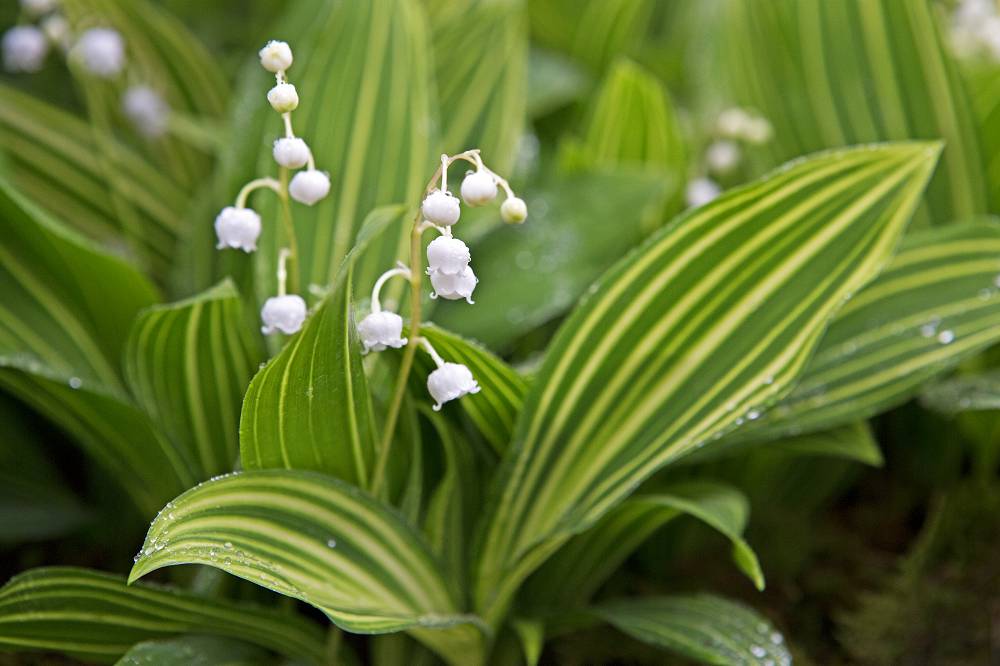
The lily of the valley blooms with wonderfully fragrant white bells. This spring classic has a nostalgic look, is a favorite in bridal bouquets and can tolerate shade well.
Problem: Lily of the Valley (or lily of the valley) spreads easily via rhizomes and crowds out other plants once established. It is then difficult to remove.
Keeping it under control: Grow lily of the valley in pots or use root barriers to prevent it from escaping from its desired location.

- A beautiful garden all year round
- No stress when choosing plants
- Tips for combining plants

These plants flower profusely and sow themselves . If you don't look after them for one season, the next year your whole garden will be full of seedlings.
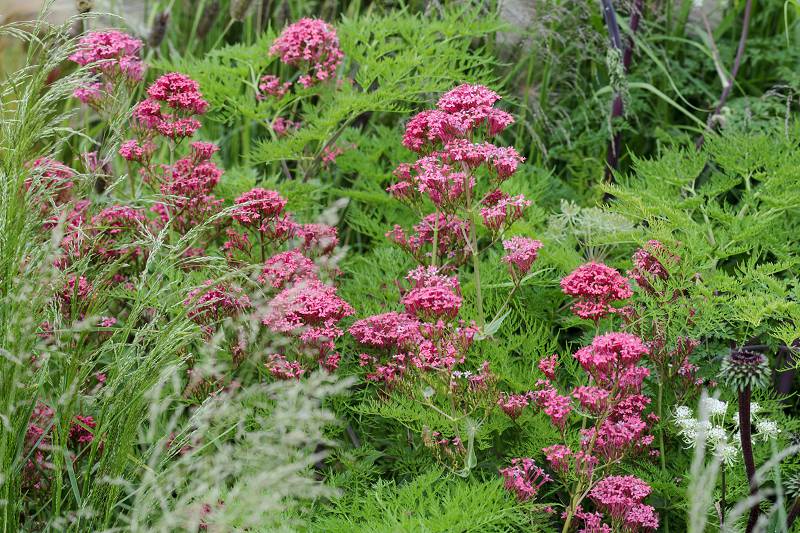
The red valerian (also called red valerian) is a strong perennial that blooms for months, can withstand drought and attracts butterflies (it is especially popular with the hummingbird moth). It also does well in poor soil or between stones.
Problem: The red-footed sage sows itself in joints, gravel, borders , etc. You will find it in the strangest places if you let it do its thing.
Control: Remove the seed heads before the seeds can ripen. The seedlings can be easily removed if you catch them in time.

Forget-me-nots flower early, bring colour to spring and give your borders a charming, rural look. They combine beautifully with tulips and other spring bloomers.
Problem: Forget-me-nots sow themselves en masse, especially in damp places and often not in the places where you want them.
Keeping it under control: Let forget-me-nots flower, but pull them before they go to seed if you don’t want them everywhere. Or, carefully dig up seedlings that emerge and move them to where you want them to flower the following year.

With their tall flower spikes and soft pastel shades , foxgloves provide a natural look in the garden. The flowers are very popular with bees and the plants sow themselves easily.
Problem: The plant self-seeds easily and seedlings can sometimes appear years later. The leaf rosettes secretly take up quite a lot of space, while for a large part of the year they only have leaves and no flowers.
Control: Allow only a few plants to go to seed, remove the rest after flowering. Remove unwanted seedlings.

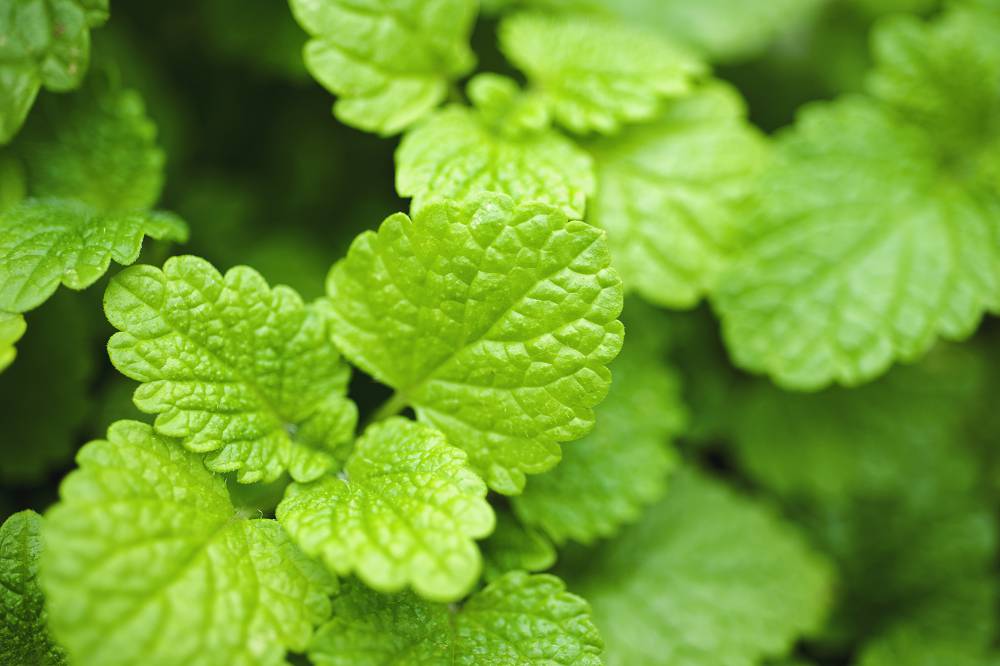
Lemon balm has fresh, fragrant leaves that are often used for tea, and it is even a good mosquito repellent in the garden. It is a strong, perennial plant that attracts bees and requires little maintenance.
Problem: Lemon balm spreads avidly by seed. Before you know it, you'll find it all over the garden (even between paving stones).
Control: Harvest or prune the plant before flowering and remove seedlings as soon as you see them emerge.
These plants form dense mats and slowly but surely advance. Great against weeds – but don’t let them become weeds themselves.
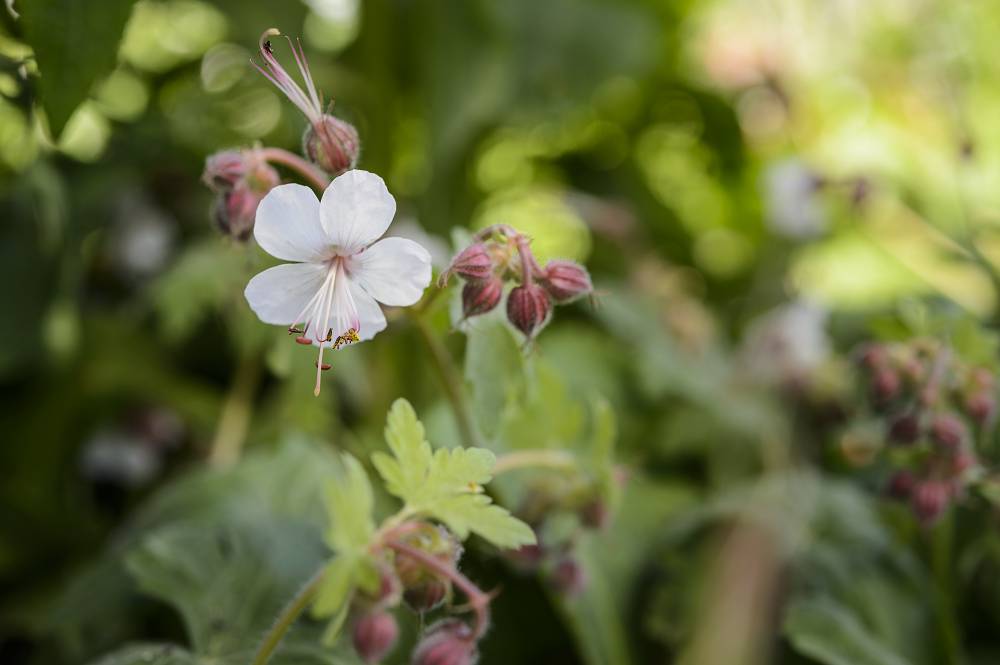
Cranesbill is a very strong ground cover that quickly forms a dense carpet. It can withstand long periods of drought and blooms for a long time with pink, white or purple flowers. Ideal for difficult places such as dry slopes or tree pits.
Problem: This perennial geranium is an excellent ground cover, but because it quickly forms large carpets, it can also crowd out desirable plants.
Keeping it under control: Cut it back regularly and cut off the shoots. You can also keep this plant under control by planting it between sturdy perennials.



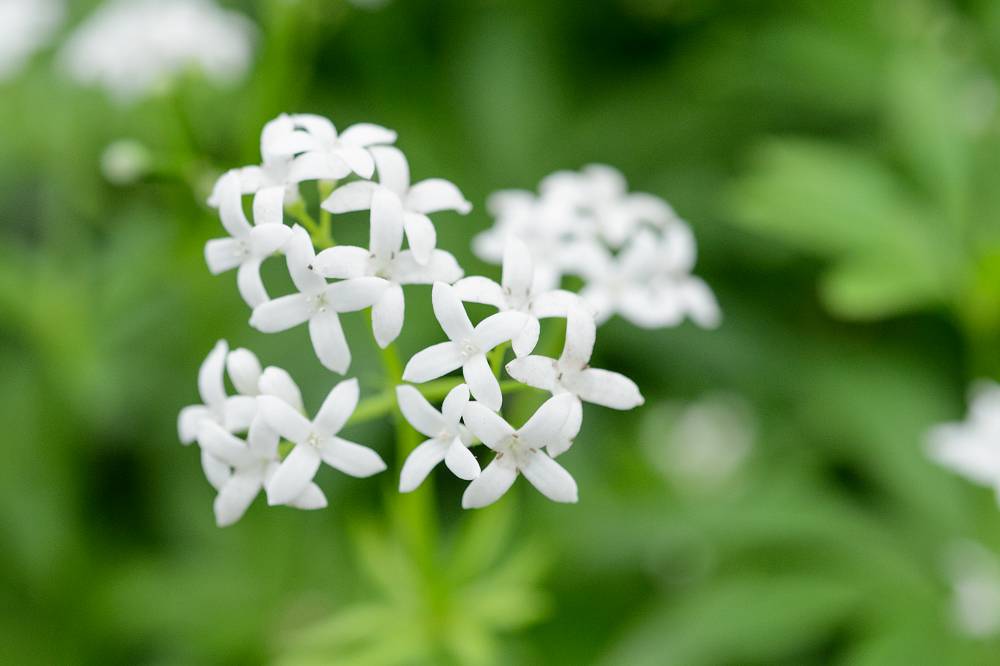



%3Aformat(jpeg)%3Abackground_color(fff)%2Fhttps%253A%252F%252Fwww.metronieuws.nl%252Fwp-content%252Fuploads%252F2025%252F05%252Fvakantie-landgenoten.jpg&w=3840&q=100)



